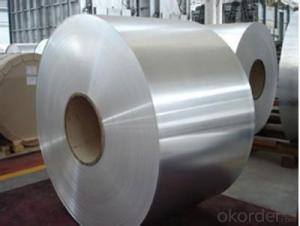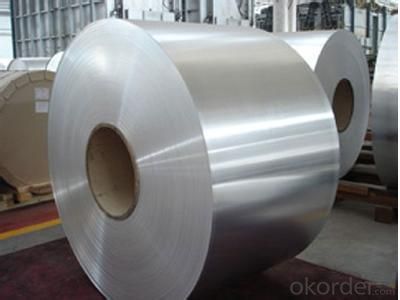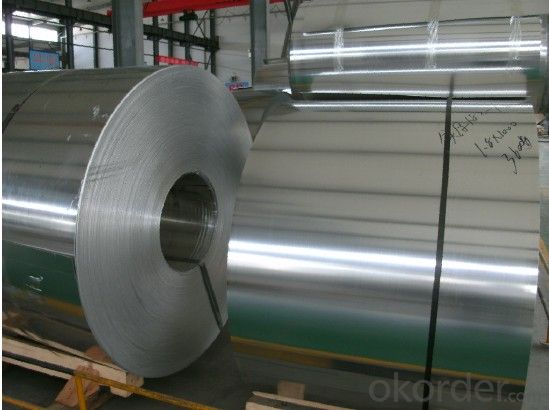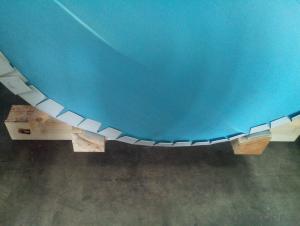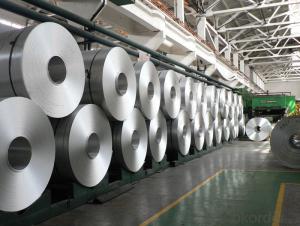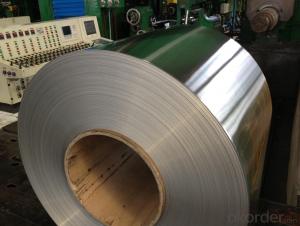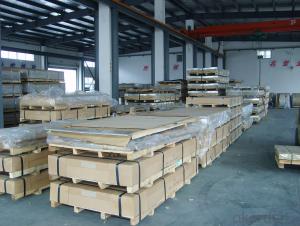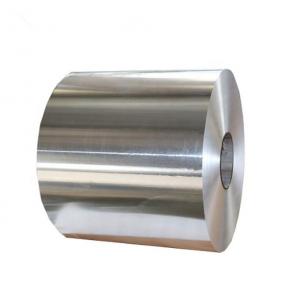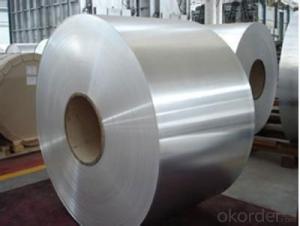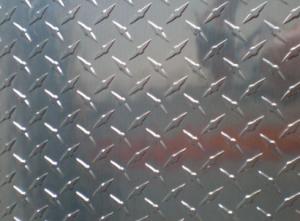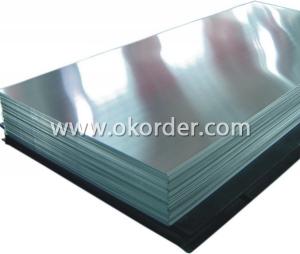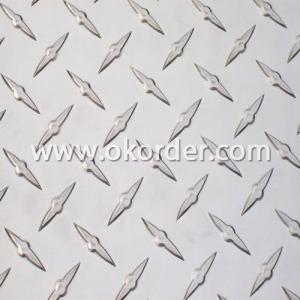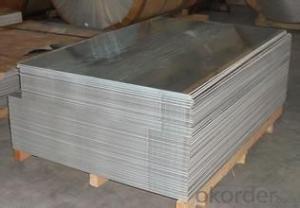Aluminum Composite Sheets Ft Myers - AA3104 Aluminium Coils for Can Body Stock Package
- Loading Port:
- Shanghai
- Payment Terms:
- TT OR LC
- Min Order Qty:
- 20 m.t.
- Supply Capability:
- 50000 m.t./month
OKorder Service Pledge
OKorder Financial Service
You Might Also Like
Specification
1.Structure of Aluminium Coils for Can Body Stock Package
Aluminium Coils for Can Body Stock Package is one semi-finished aluminium material. This strip can be used to produce aluminium tab for beverage can. The alloy AA5182 is widly used in can tab, end and can body. Its weight is much lower than steel. So many customers choosed aluminium material instead of steel.
2. Main features of Aluminium Coils for Can Body Stock Package
a.Competitive price---We have our own mills and can produce mill finished aluminium coils, so we can control the production cost better.
b.Professional after-sale service---We have more than 15 years exportation experience and you need not worry about the exporation problems.
c.Fast delivery time---We can control the delivery time within 35 days.
3. Image of Aluminium Coils for Can Body Stock Package
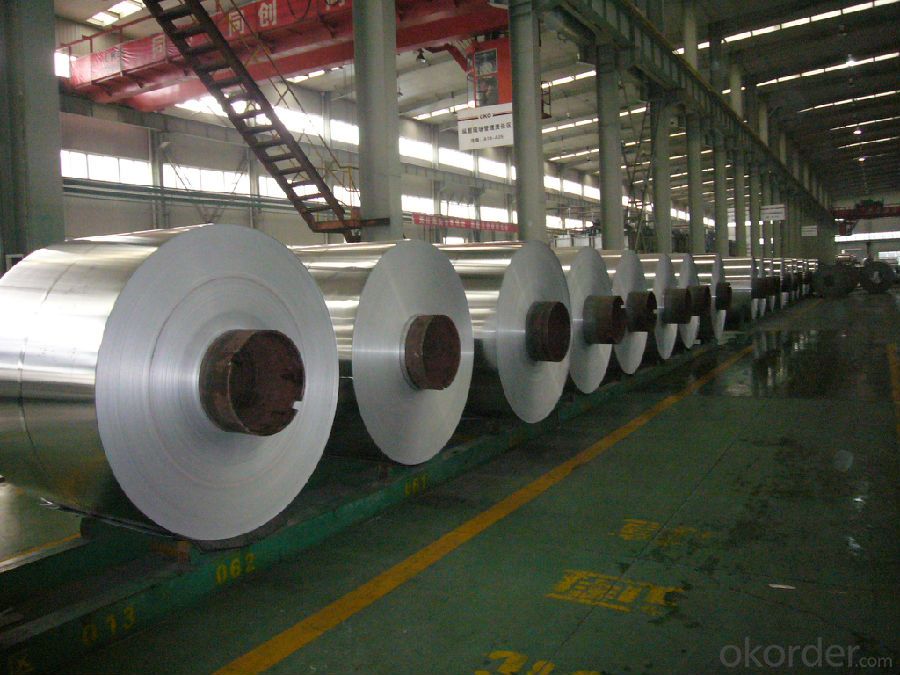
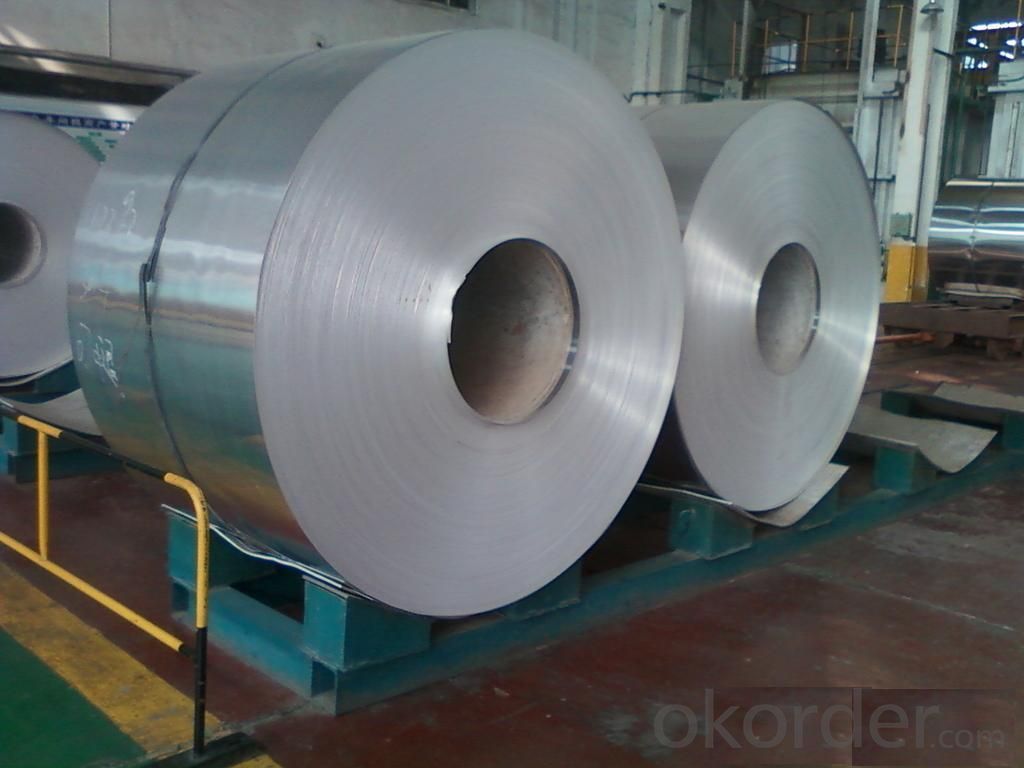
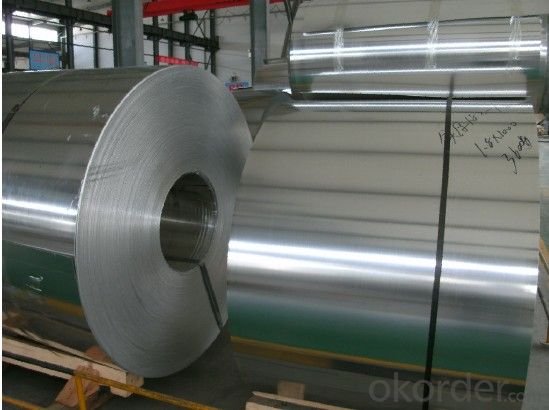
4. Product Specification of Aluminium Coils for Can Body Stock Package
| Alloy | Temper | Thickness | Width | Weight |
| AA3104 | H19 | 0.22mm-0.26mm | 600mm-2000mm | 2tons |
5.FAQ of Aluminium Coils for Can Body Stock Package
What is the quality standard?
---Usually our standard is GB3880-2006
What is the largest width?
---It is 2300mm
What is the MOQ?
---Usually we can accept 20 tons.
- Q: Can aluminum sheet withstand heavy loads?
- Indeed, the durability of aluminum sheet is such that it can endure substantial loads. Renowned for its exceptional strength-to-weight ratio, aluminum proves to be an exceptional selection for endeavors necessitating both resilience and load-bearing capacities. Notably prevalent in sectors like aerospace, automotive, construction, and marine, aluminum sheets are frequently employed in scenarios involving weighty burdens. Moreover, the innate corrosion resistance of aluminum further fortifies its capacity to bear heavy loads for extensive durations. Nevertheless, it is crucial to take into account the precise grade and thickness of the aluminum sheet, as diverse alloys and thicknesses yield differing load capacities.
- Q: Can aluminum sheets be used for food processing conveyors?
- Yes, aluminum sheets can be used for food processing conveyors. Aluminum is a lightweight, durable, and corrosion-resistant material that is often preferred in the food industry due to its hygienic properties. It is commonly used for making conveyor belts and other equipment in food processing facilities.
- Q: which has more volume? a kg of gold or a kg of aluminum? please explain in physics terms
- The density of gold is higher than the density of aluminum, so a kg of gold would take up less space than a kg of aluminum. But to answer your homework, you should look up the specific gravities of each of these metals, and figure out the volume of a kg of each....
- Q: Is it suitable to use aluminum sheets as roofing materials in areas with high temperatures?
- <p>Yes, aluminum sheets can be used for roofing materials in hot climates. Aluminum has a high thermal conductivity, which means it can quickly dissipate heat, helping to keep buildings cooler. It also has excellent resistance to corrosion, which is beneficial in areas with high humidity or salt air. Additionally, aluminum is lightweight, easy to install, and can be recycled, making it an environmentally friendly option. However, it's important to ensure proper ventilation and insulation to maximize its performance in hot climates.</p>
- Q: Can aluminum sheets be easily shaped or bent?
- Indeed, aluminum sheets possess a remarkable capability to be effortlessly molded or flexed. Renowned for its exceptional malleability and ductility, aluminum exhibits a remarkable propensity to be readily fashioned into diverse contours and curves. The manipulation of this versatile metal can be accomplished through an assortment of techniques, encompassing rolling, pressing, and even manual utilization of tools. Given its pliability, aluminum emerges as the preferred choice within industries such as automotive, aerospace, and construction, wherein the fabrication of intricate shapes and bends is a common necessity. Moreover, the lightweight nature and inherent resistance to corrosion further enhance aluminum's suitability for shaping and bending endeavors.
- Q: Is it possible to use aluminum sheets for creating roofing tiles?
- <p>Yes, you can use aluminum sheets to make roofing tiles. Aluminum is a popular material for roofing due to its durability, lightweight, and resistance to corrosion. It can be shaped into various styles and sizes to mimic traditional roofing materials like clay or slate. Aluminum roofing tiles are also known for their energy efficiency, as they reflect heat and can help reduce cooling costs. However, it's important to ensure that the aluminum sheets are of good quality and installed correctly to achieve the desired performance and longevity.</p>
- Q: I may use the copper or brass for an inlay on a decorative piece of aluminum I'm working on.....
- Melting Point Of Brass
- Q: 1100 scope of application of aluminum plate
- 1100 aluminum plate is generally used in utensils, heat sink, caps, printing plates, building materials, heat exchanger components, but also can be used as deep stamping products. It is widely used in various fields ranging from cooking utensils to industrial equipment
- Q: Are aluminum sheets resistant to vibration?
- Yes, aluminum sheets are generally resistant to vibration. Aluminum is a lightweight and flexible material that has good damping properties, meaning it can absorb and dissipate vibrations. Additionally, aluminum has a high strength-to-weight ratio, which allows it to retain its structural integrity even when subjected to vibrations. This makes aluminum sheets a popular choice in industries such as aerospace, automotive, and construction, where vibration resistance is important. However, it is worth noting that the specific resistance to vibration may vary depending on factors such as the thickness and alloy of the aluminum sheet, as well as the intensity and frequency of the vibrations.
- Q: What are the standard sizes and availability of aluminum sheets in the market?
- The sizes and availability of aluminum sheets in the market can vary depending on the location and specific requirements. Nevertheless, there are generally available sizes that can be found in most markets. In terms of thickness, aluminum sheets are commonly found in the range of 0.02 to 0.2 inches (0.5 to 5 millimeters). Thinner sheets (0.02 to 0.06 inches) are often utilized for lightweight purposes such as signage or crafts, while thicker sheets (0.1 to 0.2 inches) are typically employed for more heavy-duty applications like construction or industrial use. Regarding width and length, standard sizes of aluminum sheets are often offered in 4 feet by 8 feet (48 inches by 96 inches) or 4 feet by 12 feet (48 inches by 144 inches). These dimensions are widely available and suitable for various applications. However, it is important to note that custom sizes can also be ordered or cut from larger sheets to meet specific project requirements. Aluminum sheets can be found in various locations, including local hardware stores, metal suppliers, and online marketplaces. It is always advisable to check with local suppliers or conduct online research to determine the specific sizes and availability in your area. Additionally, different grades or alloys of aluminum may have varying availability, so it is crucial to consider the specific requirements of your project when sourcing aluminum sheets.
Send your message to us
Aluminum Composite Sheets Ft Myers - AA3104 Aluminium Coils for Can Body Stock Package
- Loading Port:
- Shanghai
- Payment Terms:
- TT OR LC
- Min Order Qty:
- 20 m.t.
- Supply Capability:
- 50000 m.t./month
OKorder Service Pledge
OKorder Financial Service
Similar products
Hot products
Hot Searches
Related keywords
